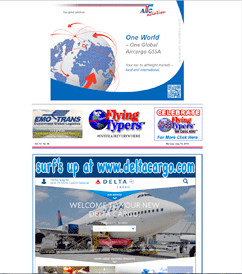 |
 |
 #INTHEAIREVERYWHERE |
| Vol. 14 No. 59 | Wednesday
July 22, 2015 |

|
A
few weeks ago, the FlyingTypers
exclusive report, “I
Want You Harmonized"
offered our global audience
an updated overview and
opinion of how the Global
Harmonized System (GHS)
is finally maturing and
impacting the ways of international
trade and commerce.
|
|
“EMEA
is one of the key markets
for our scheduled business
operations. |
|
Time & Family Matters time:matters,
a company of Lufthansa Cargo
based in Neu-Isenburg, Germany,
which brands itself a place
for “Special Speed
Logistics,” reports
a strong half-year for its
special niche shipments
of life & health, semicon,
automotive, and aviation. |
||
 |
“Air
cargo business is almost
nil compared to its actual
potential and if we really
open all our doors for cargo,
Delhi roads will be choked
further . . . ” So
said Mahesh Sharma, Minister
of State for Civil Aviation
(the junior minister in
the Ministry led by Ashok
Gajapathi Raju, the Minister
for Civil Aviation). The Union Minister for Civil Aviation, Ashok Gajapathi Raju Pusapati with the Minister of State for Civil Aviation, Dr. Mahesh Sharma (right) releasing the calendar for 2015. His
words came after the civil
aviation ministry approved
the proposal to build a
second international airport
in the Delhi NCR region
at Jewar in Greater Noida
(the National Capital Region
of the country includes
the cities of Gurgaon, Noida,
and Faridabad; Jewar is
around 100 km from Delhi)
in a meeting with officials
from the ministry, the Airports
Authority of India, and
others. Incidentally, Sharma
represents the Noida area
in Parliament and is a member
of the Bharatiya Janata
Party (BJP), led by Prime
Minister Narendra Modi.
|
|
Today
one can barely find a trace
of Wiley Post's great accomplishment
in the vast field of concrete
at the now-closed airport,
save for a small marker
on the spot where he landed.
Here we see him as he climbs
out of the cockpit of his
Lockheed Vega monoplane
“Winnie Mae”
after completing the first
solo flight around the world,
arriving at Floyd Bennett
Field at the end of Flatbush
Avenue in Brooklyn, N.Y.,
around midnight on July
22, 1933. |
If
You Missed Any Of The Previous
3 Issues Of FlyingTypers
|
| Forward this email to a friend |
| Update Profile To continue receiving FlyingTypers |
Publisher-Geoffrey
Arend • Managing Editor-Flossie
Arend • Associate Publisher/European
Bureau Chief-Ted Braun
Film Editor-Ralph Arend • Special Assignments-Sabiha Arend, Emily Arend • Advertising Sales-Judy Miller |
|

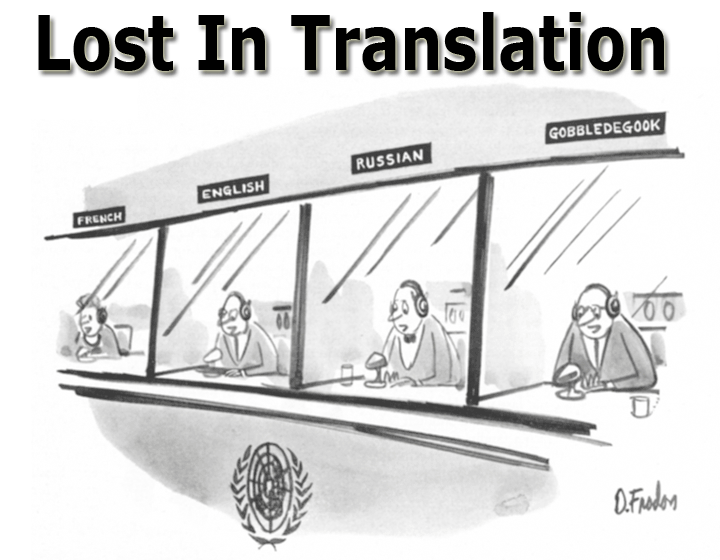







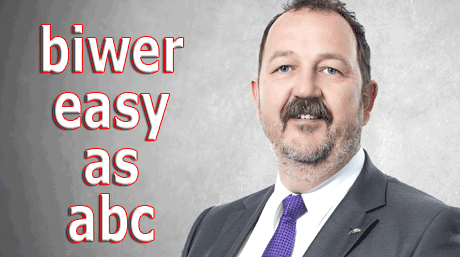

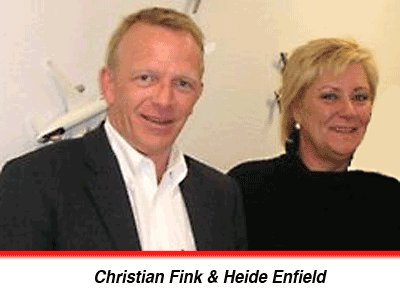
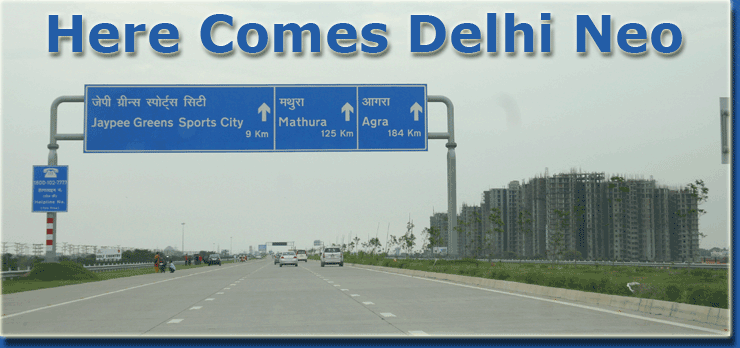
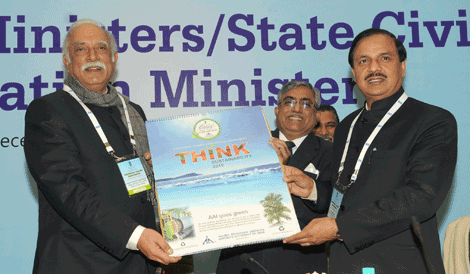
 While
two airports serving the
capital city would be a
godsend for fliers, aviation
pundits believe the government
and Minister Sharma are
jumping the gun. First and
foremost, Delhi airport
is capable of handling more
cargo and passengers for
quite a few years.
While
two airports serving the
capital city would be a
godsend for fliers, aviation
pundits believe the government
and Minister Sharma are
jumping the gun. First and
foremost, Delhi airport
is capable of handling more
cargo and passengers for
quite a few years.
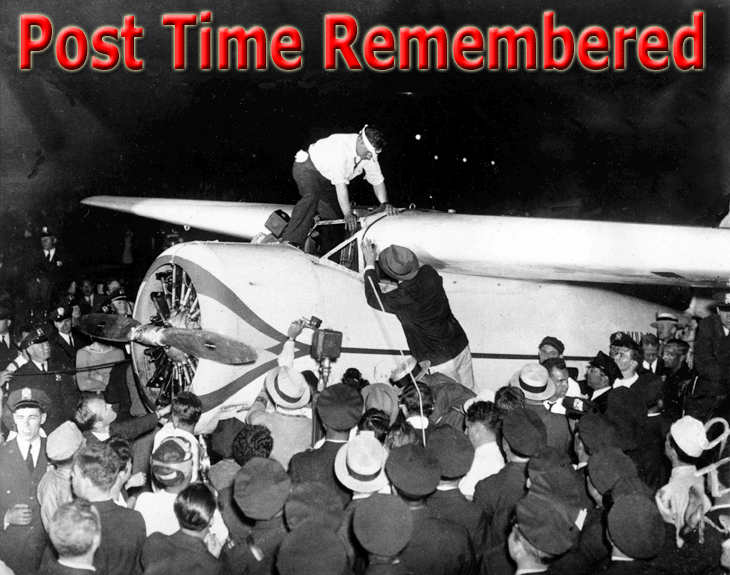
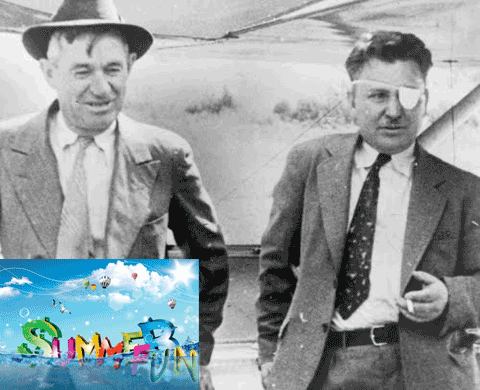 After
a brief rest, he flew on
to the Soviet Union, where
he made several stops before
returning to North America,
with stops in Alaska, Canada,
and finally a triumphant
landing at his starting
point in New York.
After
a brief rest, he flew on
to the Soviet Union, where
he made several stops before
returning to North America,
with stops in Alaska, Canada,
and finally a triumphant
landing at his starting
point in New York.